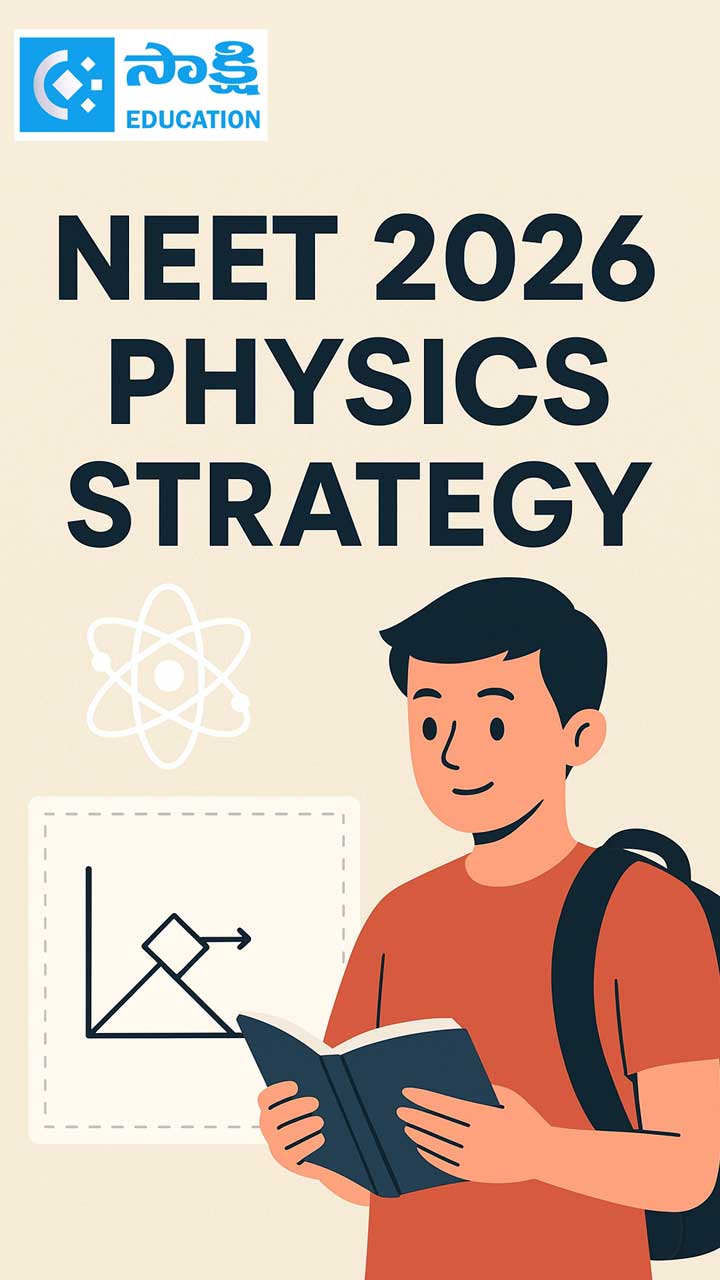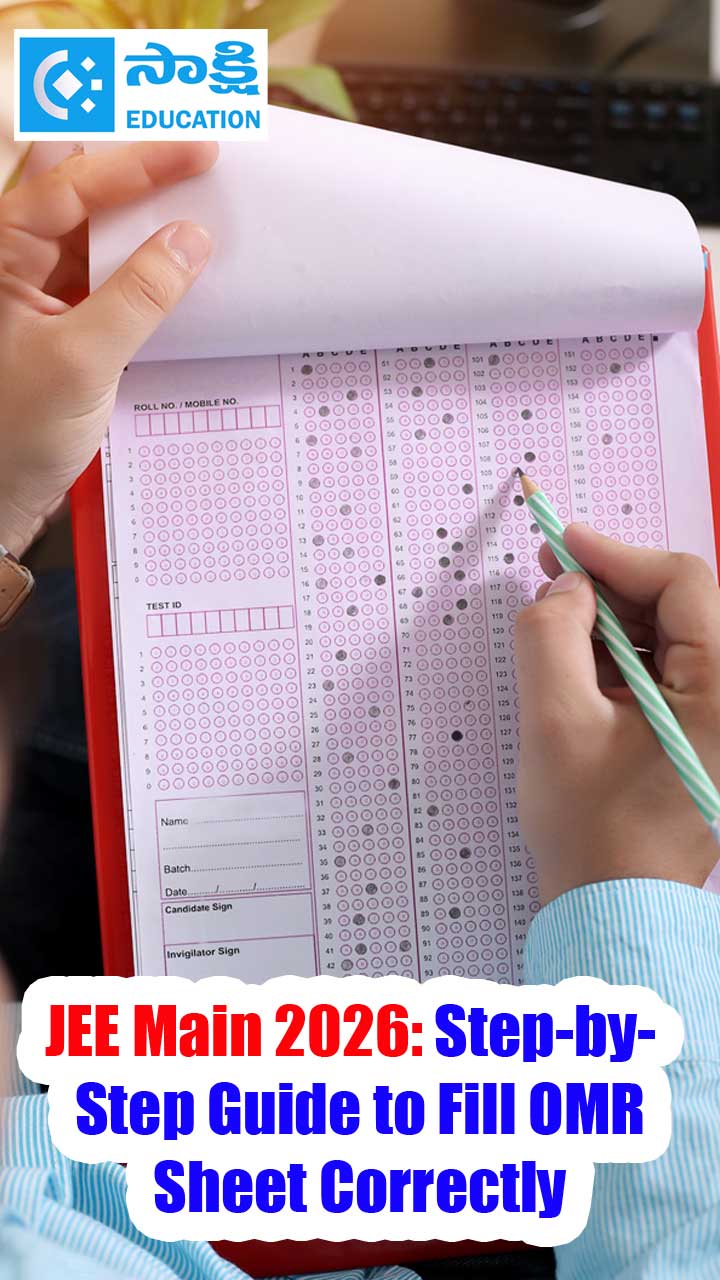The Making of Independent India’s Constitution
Sakshi Education
 Key points:
Key points: - The constitution of any country provides certain basic structure and principles according to which its state would function and the future of the nation would be built. The constitution essentially maps the framework for the future highlighting how current situation needs to be modified to move forward.
- The constitution of India was prepared and adopted by the constituent assembly.
- A ‘Drafting Committee’ was set up under the chairmanship of Dr B.R. Ambedkar. The constitution was finally adopted by the CA on 26th November 1949. It came into force on 26th January 1950.
- The draft constitution is a formidable document. It consists of 315 articles and 8 schedules.
- In the presidential system of USA the President is the chief head of the executive. But the President of India occupies the same position as the King under the British constitution. The President of India represents the nation but does not rule the nation.
- Federation means the establishments of a dual polity. The means adopted by the draft constitution are to make India a Federation with union features are-
a) Single judiciary
b) Uniformity in fundamental laws civil and criminal and
c) A common all India civil service to man important posts - There is a single citizenship for the whole of India.
- In the context of right to equality, it was decided to legally put on end to the practice of untouchability.
- The constitution has the ‘Directive Principles of State Policy’ which sets out a framework for ideal social systems before the government.
- The constitution makers were aware that laws will have to be amended from time to time. Major changes in the constitution were made during 1970’s. The words ‘secular’ and ‘socialist’ were included to the preamble.
- Drafting Committee: A body which prepares the draft of constitution.
- Constituent Assembly: A group of representatives with the powers to make a constitution. The constitution of India was prepared by the CA.
- Preamble: Preface to the constitution. It is a brief introductory statement that sets out of the document.
- Concurrent List: Subjects related to both state and central. A list of 47 items given in Part XI of the constitution of India concerned with relation between the union and states.
- Unitary Principles: A strong centre with entire powers of administration vested in the central government.
- Federal Principles: The distribution of powers between centre and states.
- Citizenship: Citizenship of a country means individuals are legally accepted as belonging to a particular country.
- Presidential System: In this system all real ruling powers are vested in the hands of the President.
- Parliamentary System: A parliamentary system is a system of governance of a state in which the executive derives its democratic legitimacy from, and is held accountable, to the legislature, the executive.
- Amendment: The act of changing for the better improvement. It is a section added a law or rule in order to change it.
1. Describe the unitary and federal principles of Indian government as discussed in a CA debates?
- Two principal form of the constitution are known called Unitary and the other is Federal.
- India has both unitary and federal features, they are as following-
a) The supremacy of the central government
b) The absence of subsidiary sovereign politics - A federal constitution is marked by the existence of a central polity and subsidiary politics side by side. They exist as a dual polity.
- Draft constitution of India is federal constitution in as much as establishes what may be called a dual polity.
- In making legislation, both state and central governments have their own rights on their subjects.
- However, central government is more powerful in the sense that -
- The constitution of India reflects the political events of that time. For example, self government and equity, federal structure, fundamental rights, division of powers, office of the Governor were taken from Indian government Act 1935.
- Indian independence struggle provides basic idea of self governance that emerged into a people’s participative democracy. The inclusion of fundamental rights can be traced to the forces that operated in the struggle for independence during the British rule.
- The influence of the British at that time parliamentary system legislation cabinet form of government etc., were adopted from the British.
- The constitutional developments are related with our national struggle from 1858- 1847 various acts were made by the British which helped to the development of our constitution.
- Mahatma Gandhi emphasized the fact that too much centralization of power makes that power totalitarian and takes it towards Fascist ideals. The only method of safeguarding against this is to decentralise the power to a greater extent.
- In the context of right to equality, it was decided to legally put an end to the practice of untouchability. Untouchability is any form is abolished and the imposition of any disability only on that account made it into an offence.
- The makers of Indian constitution confronted the fact that Indian society was ridden with inequality, injustice and deprivation and was victim of colonial policies which had exploited its economy. Thus the constitution had to facilitate social change and also development.
- The constitution had changed the way our political institutions operate in the country forever.
- A democratic parliamentary form of government was brought in. This parliamentary system discuses the problems of people to take an appropriate decision.
- The President of the Indian Union will be generally bound by the advice of his Ministers. He can do nothing contrary to their advice, nor can he do anything without their advice.
- Form of the government, federal character and supremacy of the constitution are some of the political institutions established by the Indian constitution.
1. Find the odd one out.
a) Indian constitution adopted from experiences of freedom struggle
b) Indian constitution adopted from already existing constitutions
c) Indian constitution has remained the same since its drafting
d) Indian constitution provides principles and provisions for ruling the country.
A. The odd out of these is (b)
2. Correct the false statement
a) There was unanimity of opinion on all provisions during CA debates
b) The makers of constitution represented only certain regions of the country.
c) Constitution provides certain provisions to amend articles of it.
d) Supreme Court of India had said that basic features of the constitution may also be amended.
- There was no unanimity of opinion of all provisions during CA debates.
- The makers of constitution represented all regions of the country.
- Constitution provides certain provisions to amend articles in it.
- Supreme Court of India had said that basic features of constitution may not be amended.
- Constituent assembly was not elected through universal adult franchise therefore it did not represent all sections of Indian society.
- It would be more democratic if the CA had been elected through universal adult franchise.
- Preamble of the Indian constitution is a short statement of the Indian constitution. We the people of India resolved to constitute India into a republic. It also guarantees justice, liberty, equality and fraternity to all its citizens.
- India is absolutely free from the control of any foreign power and internally. It has a government elected by people’s mandate. Fundamental rights came into function and directive principles of state policy became the guidelines for the farming of laws by the governments.
- Secularism and socialism became the part of the basic structure of constitution. There is a division of power between the union and state.
- The Indian judiciary is independent. Form of the government, federal character, supremacy of the constitution, sovereignty of the nation, provisions for justice and welfare state are the basic principles of Indian constitution.
- Yes, I agree with this statement.
- The constitution had to facilitate social change and also development.
- The constitution has several provisions facilitating the social change. Provision for reservations for SCs and STs is the best example for affirmative social action.
- The markers of the constitution believed that the mere granting of the right to equality was not enough to overcome age-old injustices suffered by these groups. In order to give real meaning to their rights, special constitutional measures were required to advance their interests.
- The constitution also made it possible for the government to reserve public sector jobs for these groups.
- The constitution makers decided to give special protection to the minority communities so that they don’t feel marginalised by the majority. One such right is the right of religious minorities to run their own educational institutions.
Published date : 17 Dec 2014 02:45PM













